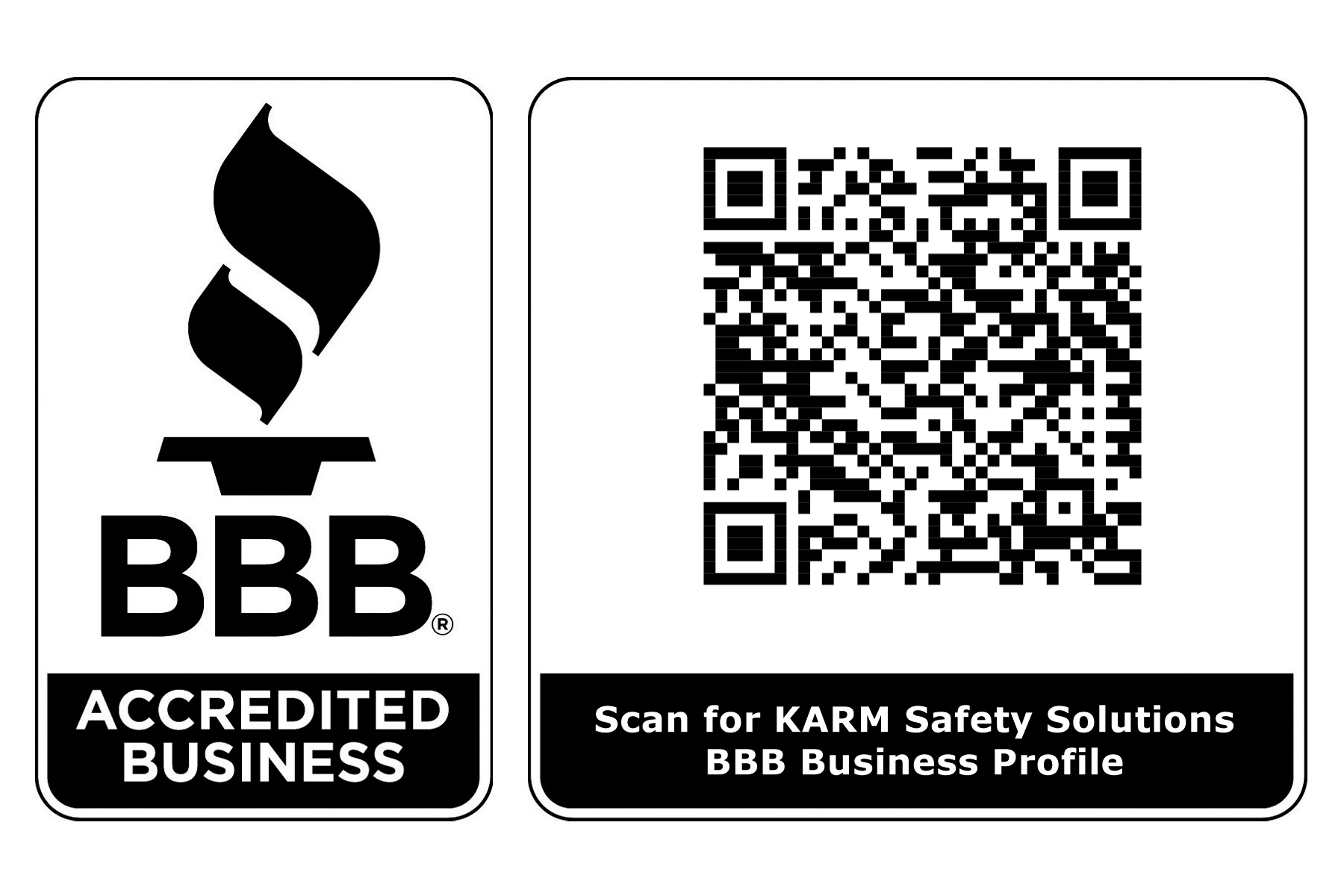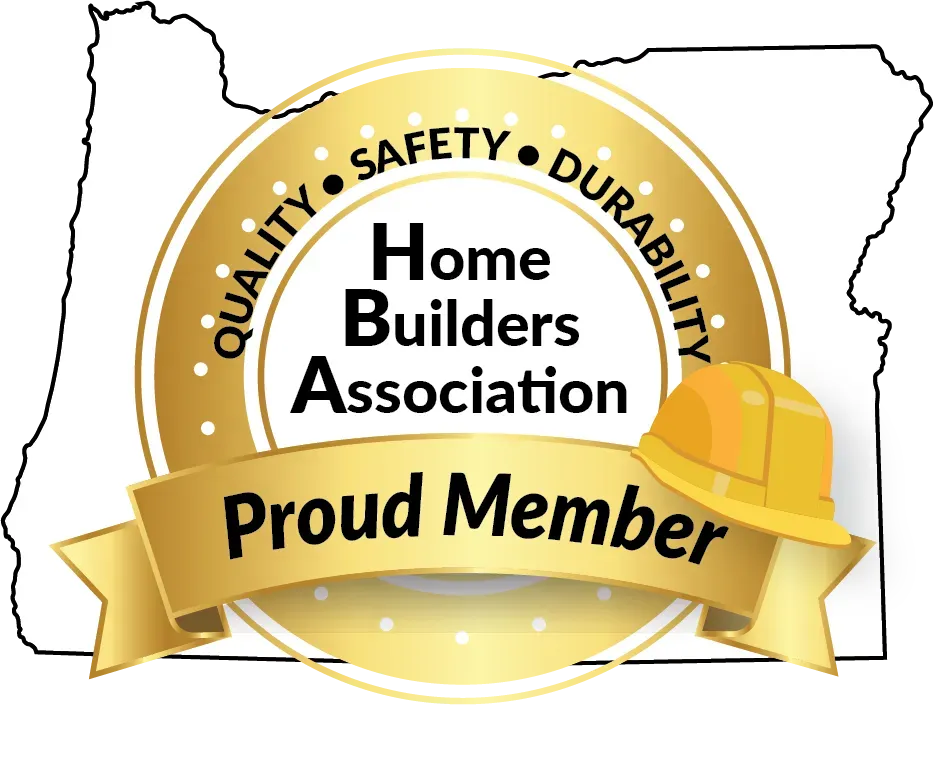Electrical Safety Programs: Why Training and Awareness Are Key to Safety
Electrical hazards are often underestimated, yet they carry some of the most serious risks in the workplace. For employers aiming to reduce incidents, implementing a well-structured safety program is essential. But how often must employers audit their electrical safety programs to ensure they remain effective? The answer lies in regular evaluations, ongoing education, and consistent enforcement. These elements not only keep teams informed but also help organizations meet legal standards and avoid costly incidents.
Clear Plans Backed by Regular Inspections
Electrical safety isn’t just about reacting to problems it begins with a strong plan. Employers must outline procedures for equipment use, maintenance checks, emergency response, and authorized access. This plan must be updated as equipment changes or as staff roles shift.
Routine audits are not optional. They are a necessary measure to evaluate how current the program is, how well it's followed, and whether it aligns with OSHA’s evolving expectations. Regular audits help spot gaps early before accidents happen and ensure each update reflects the latest practices and hazards found on-site.
Grounding Knowledge with Proper Training
Untrained personnel pose one of the highest risks around live wires or electrical systems. Even a basic misunderstanding of voltage or load capacity can have dangerous results. Training plays a central role in making sure every team member knows what to do, what to avoid, and how to respond to an issue safely.
Electrical training isn’t just a box to check; it’s the foundation of risk prevention. It teaches employees to verify equipment conditions, recognize exposed wiring, and know the importance of removing temporary cords after use. This instruction gives them confidence to work safely without second-guessing their actions.
Maintenance: A Non-Negotiable Safety Layer
A well-maintained system is far less likely to fail. Part of the audit and training process should include checks for proper grounding, intact insulation, and secure connections. Equipment that doesn’t meet these basic standards is a hazard.
Extension cords, in particular, are often misused. These are not meant for ongoing power supply and must be removed once a task is complete. Staff should be trained to recognize this as a red flag. Overloaded circuits and damaged plugs are also common issues that need regular attention. Clear maintenance schedules, paired with employee awareness, keep systems running as intended.
Creating Accountability on the Job
An electrical safety program is only as strong as its enforcement. Safety signage, regular reminders, and accessible documentation help reinforce awareness, but supervisors must also monitor conduct and correct unsafe habits. It’s not enough to hand out a guide or hold a one-time meeting. Daily oversight and a culture of responsibility make all the difference.
Encouraging employees to report issues and rewarding safe behavior supports a proactive environment. Accountability helps ensure that everyone from senior managers to new hires understands that safety isn’t negotiable.
Closing Gaps with Third-Party Training
Internal training can only go so far. Partnering with a reliable safety training provider brings fresh eyes and certified instruction into the fold. External trainers offer updated insights on compliance, equipment use, and emergency handling that may not be covered in company policies.
They can also offer insight on common violations and how to fix them before they become serious liabilities. These outside perspectives often uncover blind spots missed by internal teams.
In The End:
So, what is OSHA certification good for? It’s proof that your team is trained to a nationally recognized standard one that helps protect lives, avoid fines, and support safe operations. But certification only matters if it’s backed by solid training and real understanding. KARM Safety Solutions offers electrical safety programs that do more than just check boxes. We work directly with your team to ensure each employee understands how to handle electrical systems safely and correctly. Our sessions are tailored, instructor-led, and backed by real experience across industries.
If you want to build a safer work environment and meet all safety expectations without cutting corners, we’re here to help. From on-site instruction to certificate tracking, KARM Safety Solutions supports your team at every step.













